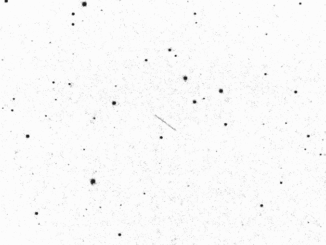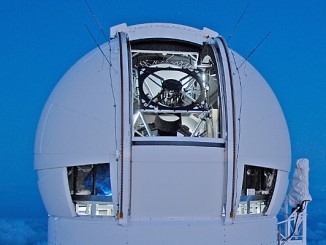
See bright near-Earth asteroid 2017 VR12 pass close to star Spica, 7–8 March
Possibly as large as The Shard in London, Apollo asteroid 2017 VR12 passes just 3¾ lunar distances from Earth at 7:53am GMT on 7 March. For a few nights, this magnitude +12 space rock is a viable target for small backyard telescopes as it gallops through Coma Berenices and Virgo, passing just 0.8 degrees from Spica on the UK night of 7–8 March.







